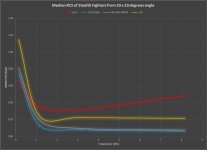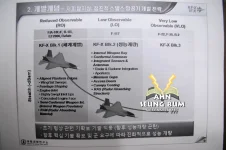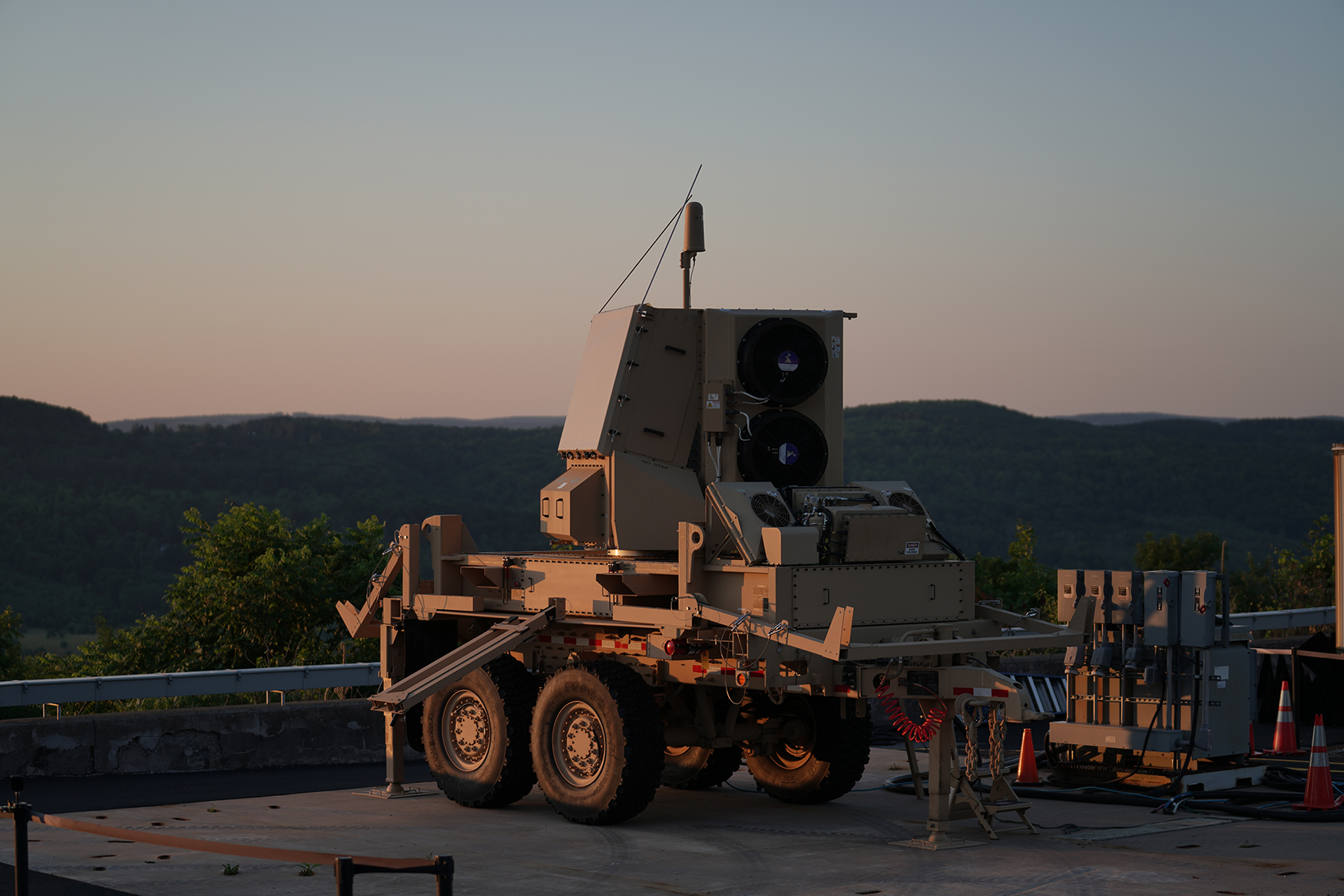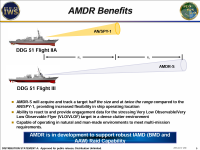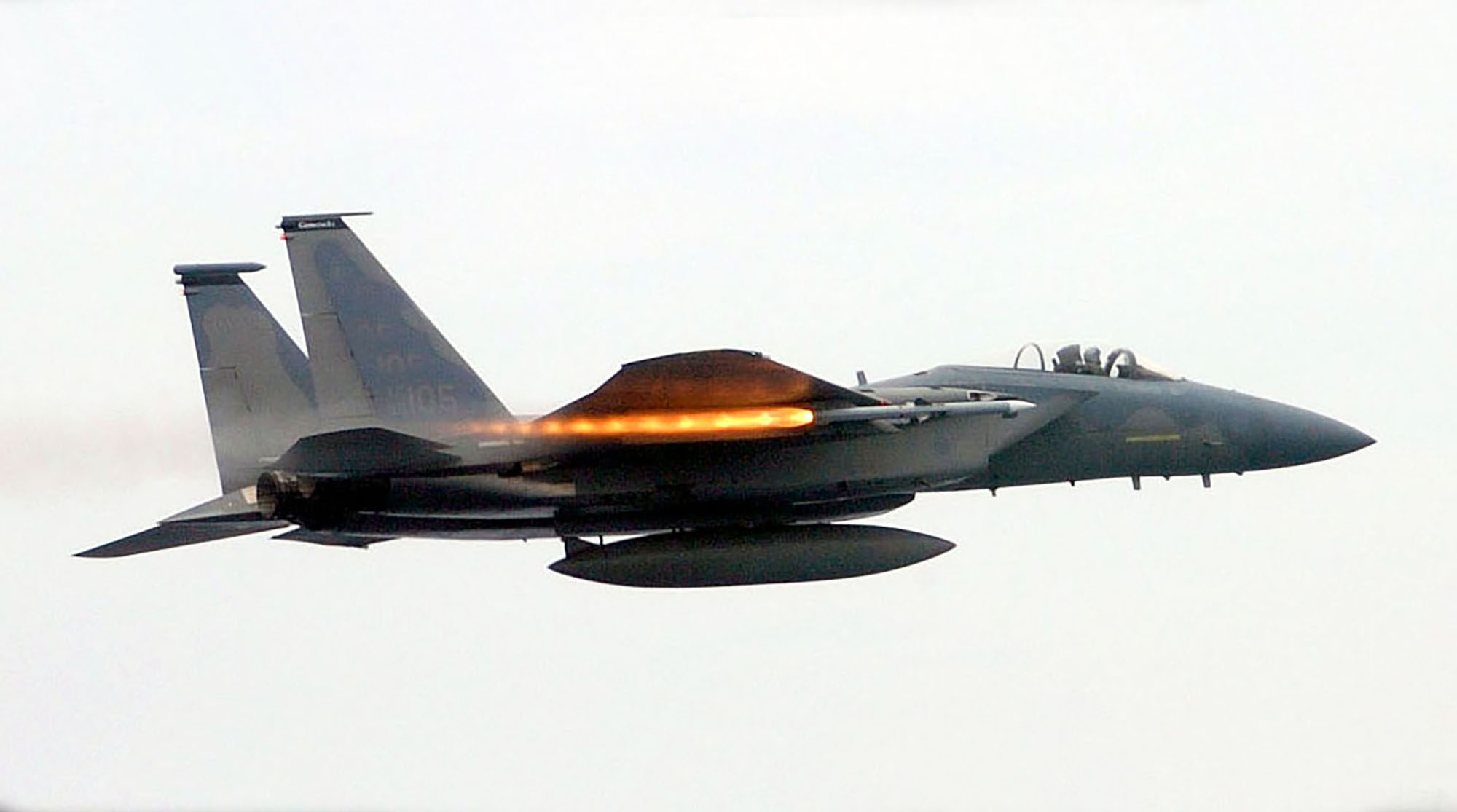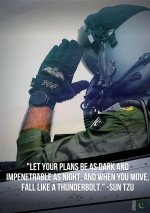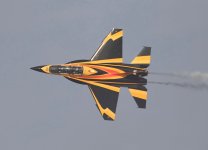Mate, the US has the largest military industrial complex in the world and is producing so many weapon systems that it is difficult to discuss these advances in one post.
The US has produced some of the largest and most advanced radar systems in the world that are fully capable of detecting and tracking objects having a small rcs from considerable distances. The US was the first country to develop and field phased array radar system(s) in the world starting with
AN/FPS-85.
The US developed and activated
Space Fence in 2020 that is said to be the world's most advanced radar system with the capability to detect and track micro-satellites in space.
"One of the world’s most advanced radars, Space Fence can detect, track and determine objects’ orbits with or without prior knowledge of their existence or location. It also tracks and provides accurate measurement of space objects, including satellites and orbital debris, primarily in low-earth orbit. It is also the world’s first fully digital beam-forming radar, featuring 36,000 transmit elements and 86,000 receive elements."
The Lockheed Martin Radar Center of Excellence has pioneered much of the technology that exists in the defense industry’s radar systems today.

www.lockheedmartin.com
The US has also developed and activated
LRDR in 2024 that can detect, track, and discriminate thousands of small or stealthy objects in space. The
LRDR is the largest and most advanced “anti-stealth” radar system in the world by far.
“LRDR provides the ability to simultaneously search and track multiple small objects, including all classes of ballistic missiles, at very long ranges, under continuous operation. Its discrimination capability will allow LRDR to identify lethal objects, such as enemy warheads, and differentiate them from non-lethal decoys. LRDR, along with other elements of the Missile Defense System, will preserve the homeland defense interceptor inventory by conserving the number of Ground-Based Interceptors required for threat engagement.
The highly adaptable LRDR operates in S-band frequencies and features a scalable, open systems architecture designed to be scaled and extended to counter evolving threats without changing the hardware design. It is integrated into the Missile Defense System through the Command and Control, Battle Management and Communications element. As an example of LRDR’s open systems architecture, Lockheed Martin is adding new capability in support of hypersonic defense, which will give decision makers actionable information to make timely decisions, faster.
In addition to missile defense, the radar system supports Space Domain Awareness by monitoring satellites orbiting the earth, detecting, tracking, and identifying active or inactive satellites, spent rocket bodies, and debris.” – Lockheed Martin
Lockheed Martin delivered 10 antenna panels for its Long Range Discrimination Radar (LRDR) to Clear, Alaska in 2020. The system will be used by the Missile Defence Agency (MDA) as part of its layered defence strategy against ballistic missiles.
www.shephardmedia.com
The
LRDR technology is also used to develop
AMDR for new American warships:

apps.dtic.mil
View attachment 58885
For perspective, the
AN/SPY-1D “can track golf ball-sized targets at ranges in excess of 165 kilometers.” The
AMDR is a major leap in comparison that allows detection and tracking of stealth aircraft at respectable distances.
The US has also developed airborne “anti-stealth” radar system.
Northtrop Grunman E-2D Advanced Hawkeye is equipped with
AN/APY-9 radar system that operates in UHF-Band. This radar system mechanically rotates to cover a full circle around the aircraft but when it spots something of interest, it can stop and stare, concentrating power for a better image without waiting for the sweep of a purely mechanical array. By locking the antenna in place, it can focus on and electronically track a moving target using every photon generated by two 170 kVa generators (340 kVa combined);
microwave photonics technology is used to detect stealthy aircraft and
space-time adaptive processing (STAP), digital low-noise receivers and processors are collectively used to eliminate noise or clutter on the screen to faciliate target discrimination.
Like many in their 40s, the E-2 Hawkeye program has learned a lot over the years, becoming smarter and better at what it does while realizing that time has taken […]

www.aviationtoday.com
Specifically, the next generation of Russian and Chinese fighters

medium.com
The US is in a unique position to experiment with stealth and "anti-stealth" technology because it has the best of both worlds in its inventory, but the US is not into hyping its anti-stealth technology like Russia and China due to its pro-stealth marketing considerations. Russia and China have "anti-stealth" marketing considerations in contrast but historical findings are amusing.
Soviet
P-18 Spoon Rest (or
Russian 1RL131 Terek or
Chinese YLC-8A) operates in VHF band and it can detect an aircraft around 320 KM mark. Russians will tell you this much and mention that this radar system can detect stealthy aircraft - average joe will take this statement at face value and assume that the radar system can detect a stealthy aircraft around 320 KM mark but this is incorrect. Yugoslavia found out the hard way that
P-18 could detect an F-117A Nighthawk around 30 KM mark when it was up against NATO in a war in 1999 (
Operation Allied Force), a war that it lost and set the stage of its collapse. P-18 could detect an F-117A around 30 KM mark but it absolutely failed to detect B-2A bombers.
Syria also imported
P-18 from Russia and JY-27 from China to help detect American and Israeli jet fighters and intercept them but to no benefit.
Russian forces created a network of an S-400 system, an
S-300 system, and
Nebo-M technology to protect Syrian airports and military bases from airborne threats in 2015, but:
American F-35 fighters attacked the area of the Syrian army covered by S-400 and S-300 learned GDC quoting the USAF source. The USAF revealed on Monday, despite the fact that Russia and Syria dec…

www.globaldefensecorp.com
Israel carried out an aerial attack southeast of Syria’s northern Aleppo province late Monday, reported Reuters quoting a Syrian military official. The unidentified military official, quoted by the…

www.globaldefensecorp.com
Israeli air strikes put Damascus airport out of service on Sunday, forcing incoming flights to be diverted elsewhere, the Syrian army and a pro-government newspaper said. Israel has for years carried out strikes against what it has described as Iranian-linked targets in Syria, including...

www.globaldefensecorp.com
The US (and Israel) did not attack Russian forces in Syria but both showed them that their technology is "checked." China now claims that
YL-8E is up to the task but this remains to be seen. The US have its ways to collect valuable intel from other countries including Russia and China and it continues to produce new materials and electronic warfare components to overcome Russian and Chinese "anti-stealth" solutions from time-to-time. The cat-and-mouse game continues.
China has developed impressive radar systems for sure but it is a stretch to assume that it has surpassed the US in this key domain. For perspective,
AN/APG-68(v)9 radar system in use in F-16 Block 52+ has SAR resolution of
0.6 meter and
AN/APG-83 radar system in use in F-16V has SAR resolution of
0.1 meter. The lowest SAR resolution figure I have seen in a Chinese radar system advertisement for jet fighters is
0.5 meter - at par with Russian
ZHUK-AE. China have access to Russian radar systems and have historically produced derivatives of them or reverse engineered them. This is the situation in the domain of jet fighters. Both Russian and Chinese radar systems for jet fighters are found to have patch or slot antenna structure. Coincidence?
China has also developed very large phased array radar systems such as P-band Strategic Large Phased Array Radar in Shandong and X-band Large Phased Array Radar in Heilongjiang. Chinese sources claim performance to be superior than American PAVE PAWS but there is no independent assessment of it.
So I am not sure from where the claims of Chinese superiority in radar systems stem from. China is known to hype its products beyond measure in its disclosures.
The US is known to probe Chinese defenses in South China Sea but this is different from infiltrating China proper, nothing alarming. The US did not probe Iraqi defenses with its stealth aircraft in 1991 and Yugoslavia in 1999 before the war. The US have used stealth aircraft in Syria to evade Russian defenses during tense times but the US was fighting ISIL in Syria in large part. The US has certainly conducted shadow experiments with its state-of-the-art technology but these are classified missions, nobody knows.
You mentioned China having ultra-long-range air-to-air missile technology. Yes, China has demonstrated J-16 armed with PL-17 but the American air warfare regime is very complex and highly capable on the whole.
A USAF F-15C Eagle has achieved the longest known air-to-air missile shot ever. While its most advanced variant, the F-15EX (recently officially named the

theaviationist.com
That is with AIM-120D3 missile. The US also have produced AIM-260 and AIM-174 to engage airborne threats at considerable distances. Mate, you need to catch up with times.
F-22A Raptor is equipped with
AN/ALR-94 electronic warfare system -
a set of digital tools that integrates radar, targeting support, and countermeasures into a single system. AN/ALR-94 digital electronic warfare system geolocates potential threats by detecting adversary radars at significant ranges, allowing the F-22A to limit its own radar emissions and better conceal its location when operating in hostile territory. AN/ALR-94 collects data to help identify, monitor, analyze, and rapidly respond to threats by providing the pilot with maximum situational awareness. Advanced avionics and sensors provide a complete view of the battlespace, enabling pilot to take appropriate action and ensure mission success.
Defense contractor BAE Systems will continue to maintain and upgrade the electronic warfare system deployed in the F-22 for at least five more years

www.autoevolution.com
The US did not stop production of F-22A because it felt that this aircraft has no future but Robert Gates mistakenly assumed that no country will be able to provide competition anytime soon. The US can either restart prodction of F-22A with new tools and technologies or focus on development of NGAD, the US is sticking with NGAD program.
That some F-22A are serving as a test bed for 6th generation fighter components should tell you everything about its architecture allowing integration of new technology.
I understand that but Chinese sources claim that J-10C uses J-20 technology:
"While the J-20 is more advanced than the J-16 and J-10C, they share advanced technologies like avionics and active electronically scanned array radars, according to Fu."

www.globaltimes.cn
So what is the benefit of J-31 in comparison?







